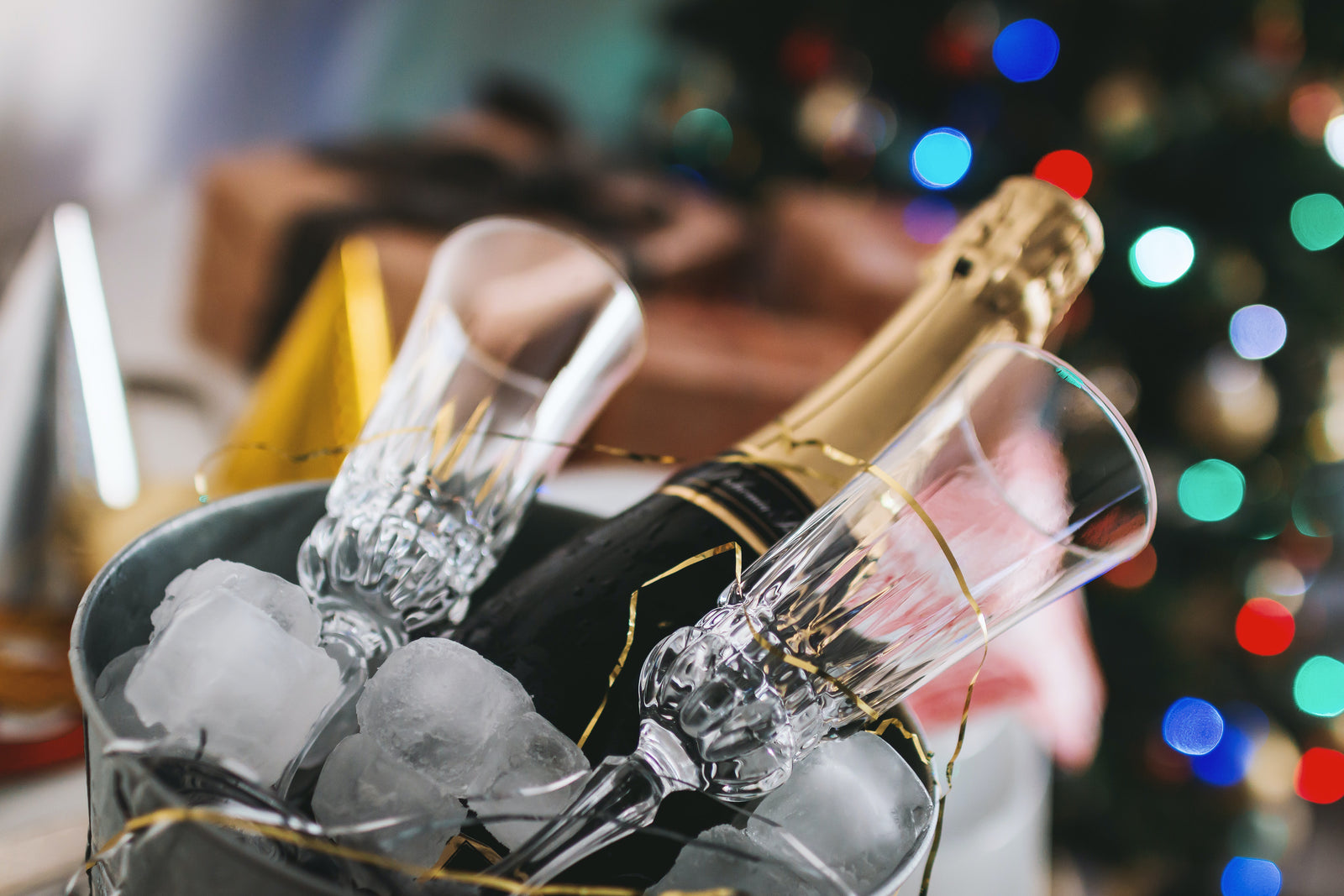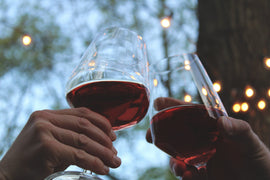When planning a trip to Champagne, most likely the focus will be on its two main towns, Reims and Epernay, around which two the heaven of bubbles rotates. Subsequently you’ll know the three main districts: La Montagne de Reims, La Vallée de la Marne, and La Côte des Blancs. But, a fourth one will be regretfully left out: Côte des Bar, in the Aube department, with Troyes as the main town. Located more than an hour of driving from Reims, the Aube lies in the southwestern part of the Grand Est region, closer to Burgundy’s Côte d’Or than to Champagne.
When in 1911 the legal limits for production were established, the big maisons left the Aube out of premier cru and grand cru classifications, a status that changed only in recent years. It was not until 1927 that it was considered a full part of Champagne.
Nowadays things are changing and producers are tired of selling their fruit to the rich and famous names without getting their due recognition for their efforts. A movement of small producers, who consider themselves as more farmers and artisans, are making tiny quantities of crafted champagnes that are searched out for their unique qualities and original approaches. The Aube has become the hipster Brooklyn of the Champagne region.
In searching for the right bubbles to close the year we came across a producer who doesn’t scream for highlights and doesn’t want to be recognized by some VIP marketing show off. Jacques and his son, Amaury, of Champagne André Beaufort, let the wines tell their story. They are not trying to be “cute.” They are real and we like stories of real people. For this reason, we went off the beaten path to find something that is not just a bottle of champagne, but a true emotional experience.
We wish you and your families many heartwarming emotions while we toast ideally with you all. Happy New Year!
Joyeuses Fêtes et Bonne Année!
La famille PlumpJack
Champagne André Beaufort, Blanc de Blancs Brut Nature, Millésime 2009
|
Price per bottle / Price per case $109/bottle $1177/case |
In the late 1960's, Jacques began to experience severe illness that was determined to be caused by the pesticides and herbicides commonly used in vineyards and winemaking. It was this terrifying but eye-opening experience that prompted Jacques to convert the vineyards, organic since 1971, and then biodynamic. His approach to winemaking also became stripped-down; little to no intervention and very honest. His son, Amaury, follows the same belief and while Jacques is still very involved. Amaury now leads the winemaking. Vinification: 100% Chardonnay. After the grapes have been pressed, the must is left for 12 hours in decanting tanks so that the solid elements can settle. It then goes into barrels and tanks, where alcoholic fermentation takes place using indigenous yeasts. This is followed by racking in the winter and then waiting for the malolactic fermentation to occur spontaneously in the spring. Bottling is then carried out using unrefined cane sugar, concentrated grape must and natural yeasts. The bottles are left to rest for months or years until the disgorging, which is still done by hand ("a la volée"). This bottle was disgorged on June 2018. The champagnes from Polisy are all made in a Brut Nature style with no added dosage. Residual sugar: 0 g/l Tasting notes: When poured in the glass it displays a warm, soft gold straw color. The nose catches a rich panel of candied fruit, baking spices, wild mushrooms, and earthy tones. The liveliness on the palate plays more with an esoteric acidity and terroir nerve than exuberant bubbles display. Assertive but not austere. This is champagne that can serve as the centerpiece for your main holiday dinner or to celebrate the new year with confidence and a welcoming heart. |
|
Suggested Food Pairing: Glazed beet and burrata toast; deviled eggs with caviar; seared scallops with porcini mushroom risotto; 24 months old parmigiano cheese. |





